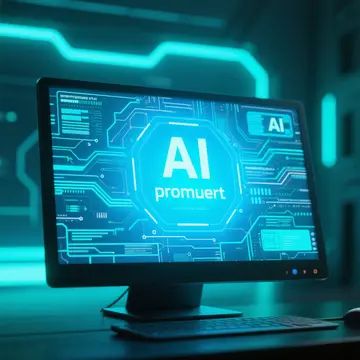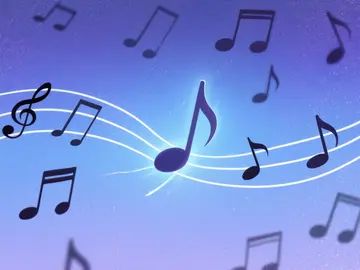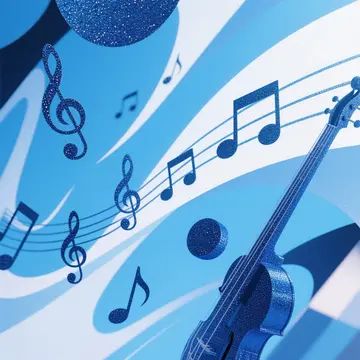Introduction
Imagine typing "epic orchestral battle theme with choirs and pounding drums" into a computer and getting a fully produced musical track within seconds. This is now possible thanks to text-to-music models—a groundbreaking AI technology transforming how music is created.
Whether you're a composer looking for inspiration, a game developer needing quick soundtracks, or just curious about AI's creative potential, this guide explains everything you need to know about AI music generation from text prompts.

How Do Text-to-Music Models Work?
Text-to-music models are AI systems trained on massive datasets of:
Music theory (scales, chords, song structures)
Audio samples (millions of tracks across genres)
Text descriptions (metadata, lyrics, mood tags)
Key Technologies Behind Them:
Natural Language Processing (NLP)
Understands descriptive prompts (e.g., "jazzy piano lounge music")
Generative AI
Creates original melodies/harmonies instead of copying existing ones
Neural Audio Synthesis
Renders realistic instrument sounds
Popular models include OpenAI's Jukebox, Google's MusicLM, and Meta's AudioCraft.
Step-by-Step: How AI Generates Music from Text
User Input
You type a prompt: "relaxing acoustic guitar with ocean waves"
AI Interpretation
Genre (folk/ambient)
Instruments (guitar, nature sounds)
Mood (calm, spacious)
The model identifies:
Music Generation
Melody
Chord progression
Arrangement
Creates a unique:
Audio Output
Delivers a 30-sec to 5-min clip (depending on the tool)
5 Best Text-to-Music AI Tools (2024)
| Tool | Best For | Example Prompt |
|---|---|---|
| Soundraw | Content creators | "Upbeat podcast intro music" |
| Boomy | Instant song ideas | "90s hip-hop beat with vinyl crackle" |
| AIVA | Film/game scoring | "Dark fantasy RPG battle theme" |
| Mubert | Live streams | "Techno for gaming, 128 BPM" |
| MusicLM | Experimental use | "Jazz fusion with alien sounds" |
Creative Applications
1. Music Production
Generate draft tracks to refine in DAWs like Ableton
Overcome writer’s block with AI suggestions
2. Media Projects
Create royalty-free background music for videos
Prototype game soundtracks quickly
3. Education
Demonstrate music theory concepts interactively
Help students compose their first songs
Current Limitations
While impressive, these models have constraints:
?? Short clip lengths (most max out at 3-5 minutes)
?? Generic outputs for complex prompts
?? No lyrics/vocals in most tools (as of 2024)
Pro Tip: Use generated music as a starting point, then edit/add live instruments.
The Future of Text-to-Music AI
Expected advancements:
Longer, more coherent compositions
Voice/singing generation (like ChatGPT for lyrics)
Style mimicry ("in the style of Hans Zimmer")
Getting Started
Try free tools:
Boomy (3 free songs/day)
Soundraw (free plan available)
Experiment with prompts:
Be specific: "80s synthwave with heavy bassline, 110 BPM"
Combine elements: "flamenco guitar meets electronic beats"
Export & Remix:
Download MIDI files to edit in your DAW
Conclusion
Text-to-music models are democratizing music creation—letting anyone generate original tracks without instruments or formal training. While they can’t yet replace human composers, they’re powerful tools for inspiration, prototyping, and content creation.
As AI continues evolving, we’re moving toward a future where:
?? Personalized music is generated on-demand
?? Collaboration with AI becomes standard
?? New genres emerge from human-AI co-creation



